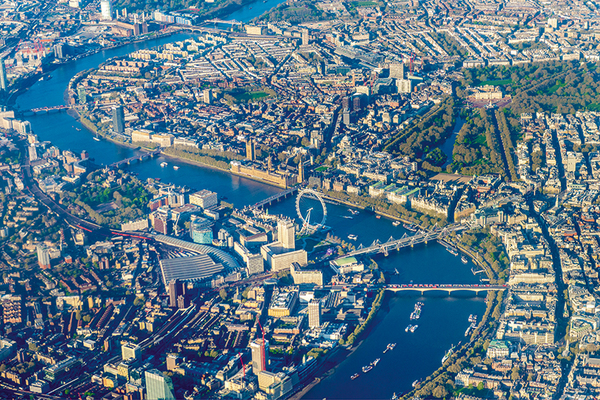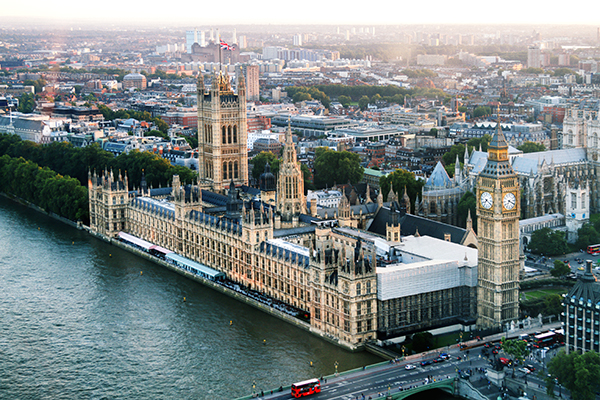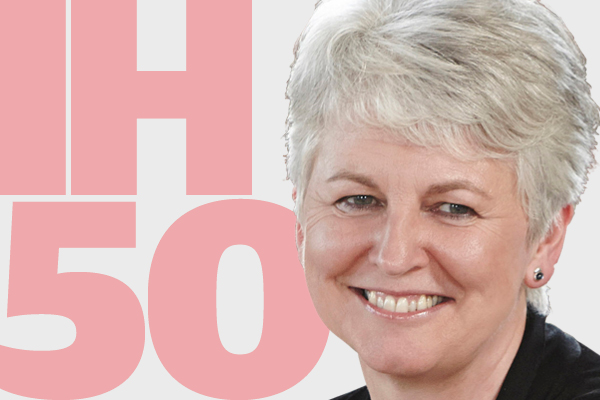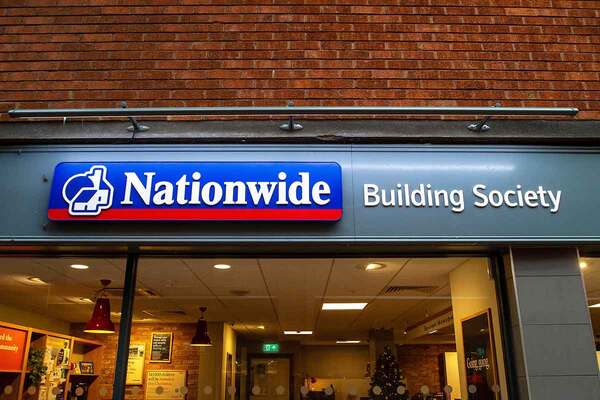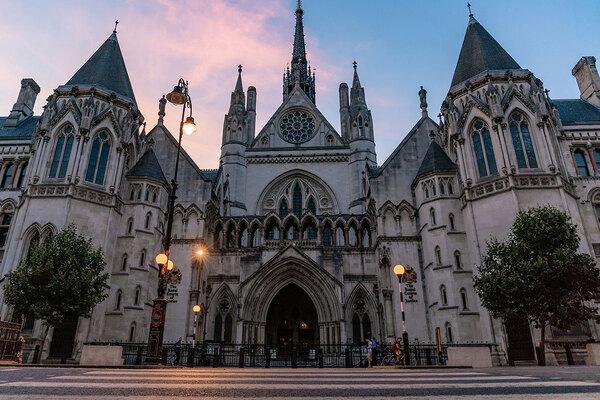You are viewing 1 of your 1 free articles
New housing need assessments demand biggest building increase in London
London boroughs will need to increase their levels of housebuilding the most if they are to meet the government’s new assessment of housing need around the country.
According to exclusive analysis by Inside Housing, the 19 boroughs with the highest demand compared to current building rates are all in the capital.
Communities secretary Sajid Javid last week unveiled a new methodology for calculating housing need, which multiplies household projection data by a ratio of house prices to median earnings.
This methodology gives a new estimated need for each local authority in England, with a total annual needs estimate of 266,000 new homes.
Inside Housing compared this data with official government figures on how many new homes are being built to calculate which areas will need to increase housebuilding fastest to hit the new assessment, showing huge increases in some London boroughs.
In Redbridge, only 50 additional new homes were provided in 2015/16, according to official net additions statistics. The government estimates that 2,981 new homes are needed in that borough every year, an increase of 5,862%. This is an extreme example; Redbridge averaged a higher 260 in recent years.
Tower Hamlets was assessed as the site of highest housing need. The government thinks 4,873 new homes are needed every year in the borough, compared with the actual 2015/16 figure of 2,390 additions.
Senior ministers, however, are unlikely to see a huge increase in construction in their own areas.
Mr Javid’s own constituency of Bromsgrove, for example, is actually building 116 too many homes a year, according to the government’s new assessment.
In Reading, where housing minister Alok Sharma’s constituency is located, the government thinks 139 too many homes are being built every year.
Despite claims in the media that the government’s new plans will see the green belt destroyed in favour of the new homes required in the assessment, the top 20 areas requiring the greatest increase in homebuilding have, on average, only 15% of their land covered by green belt.
In fact, there is a negative correlation between an area having a high proportion of green belt and needing more new homes. The more green belt land in an area, the fewer new homes it needs to build.
The use of household projection data in the figures has been criticised because it is based on previous household formation, so areas of historically low housebuilding will necessarily have a low projected growth rate.
The combination of high house prices and relatively low median incomes also boost the estimated housing need in poorer London boroughs.
Inside Housing has used net additions figures rather than new housebuilding statistics for the analysis due to widely recognised deficiencies in the latter data set.
Council responses:
Ahmet Oykener, Enfield’s cabinet member for housing, said: “The council is still assessing the government’s suggested basis for calculating housing need; however, an annual housing target exceeding 3,000 homes is far greater than the council’s own assessment of housing need and it is not a target that can be achieved unless the government urgently brings forward investment in rail and road infrastructure.”
Dan Thomas, chairman of the assets, regeneration and growth committee at Barnet Council, added: “Barnet is committed to building new homes to meet housing need and improve the borough. We are well underway with delivery of 27,000 new homes, including 7,500 and Brent Cross and 10,000 at Colindale. This is more than any other outer London Borough, and means that most of our large brownfield sites are already identified for development. We struggle to see how the Government’s proposed target could be delivered in practice, and look forward to discussing this with them through the consultation process.”
A Tower Hamlets Council spokesperson said: “We will start consultations on our new draft local plan on 2 October. The plan uses the current planning practice guidance methodology (updated in 2015) to calculate strategic housing need and results in a need of 3,100 homes. Our London Plan target is 3,931 homes a year which is the number of homes we try to deliver. In the last year (2016/17) we actually delivered 4,260 homes – over the London Plan target for our borough.”
